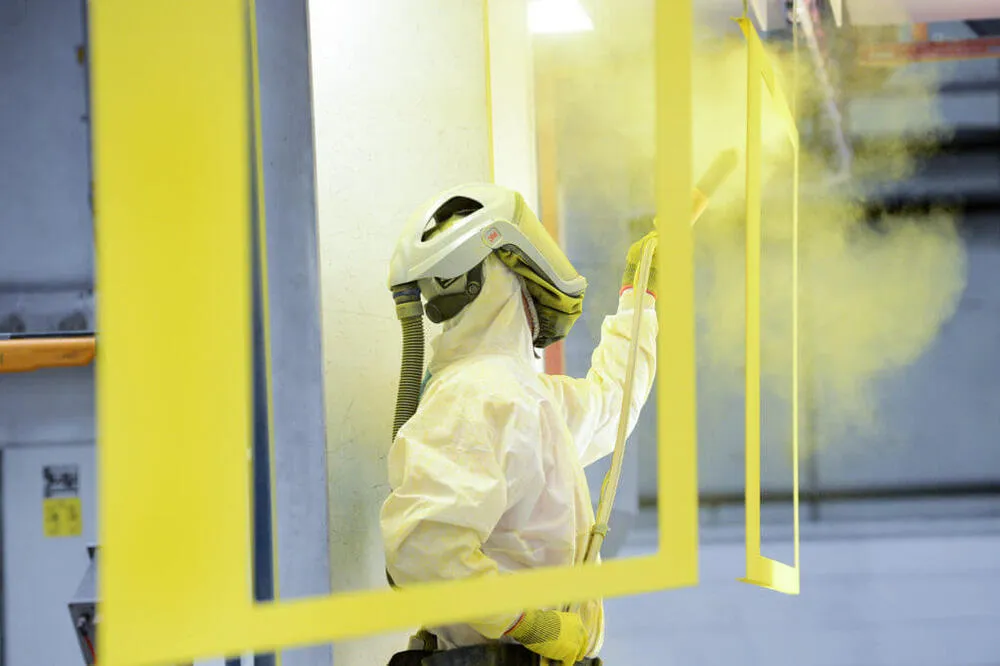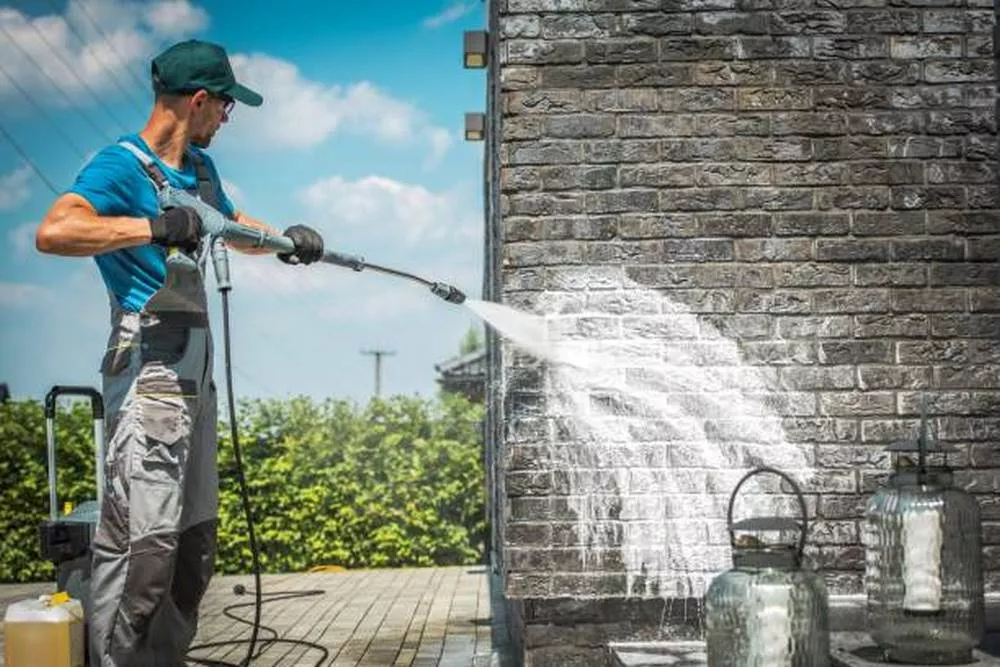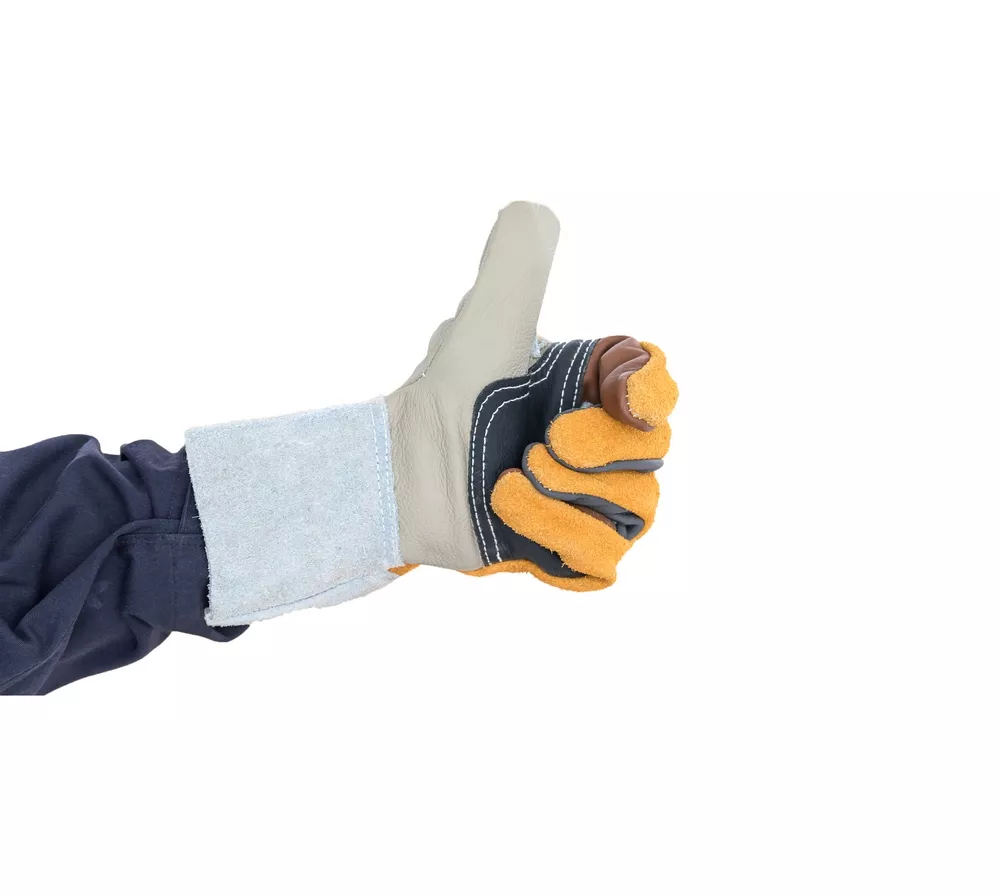The Best Soil For Potted Plants
If you’re growing plants in pots, you need to be extra careful about the type of soil you use. The wrong type of potting mix can lead to problems with drainage, compaction, and even nutrient deficiencies.
When it comes to potting mix, you have a few different options. You can buy a commercial potting mix, make your own, or use a combination of the two.
Commercial potting mixes are widely available and can be a good option if you’re just getting started with potted plants. They’re typically made with a mix of peat moss, perlite, and vermiculite, which provides good drainage and aeration.
If you’re looking for a more natural option, you can make your own potting mix. A simple recipe for homemade potting mix is two parts peat moss, one part perlite, and one part vermiculite. You can also add in some compost or manure to provide additional nutrients.
No matter what type of potting mix you use, be sure to water it thoroughly before planting. This will help to prevent the roots from drying out.
When it comes to watering, potted plants will need to be watered more frequently than plants in the ground. This is because the potting mix tends to dry out quickly. Be sure to check your plants regularly and water them when the soil is dry to the touch.
In general, potted plants will need to be fertilized more often than plants in the ground. This is because the nutrients in the potting mix can quickly be depleted. A good rule of thumb is to fertilize every two weeks during the growing season. You can use a water-soluble fertilizer or a slow-release fertilizer.
Potted plants can be a great addition to any home or garden. With a little care and attention, they can thrive and provide you with beautiful flowers or tasty fruits and vegetables.





